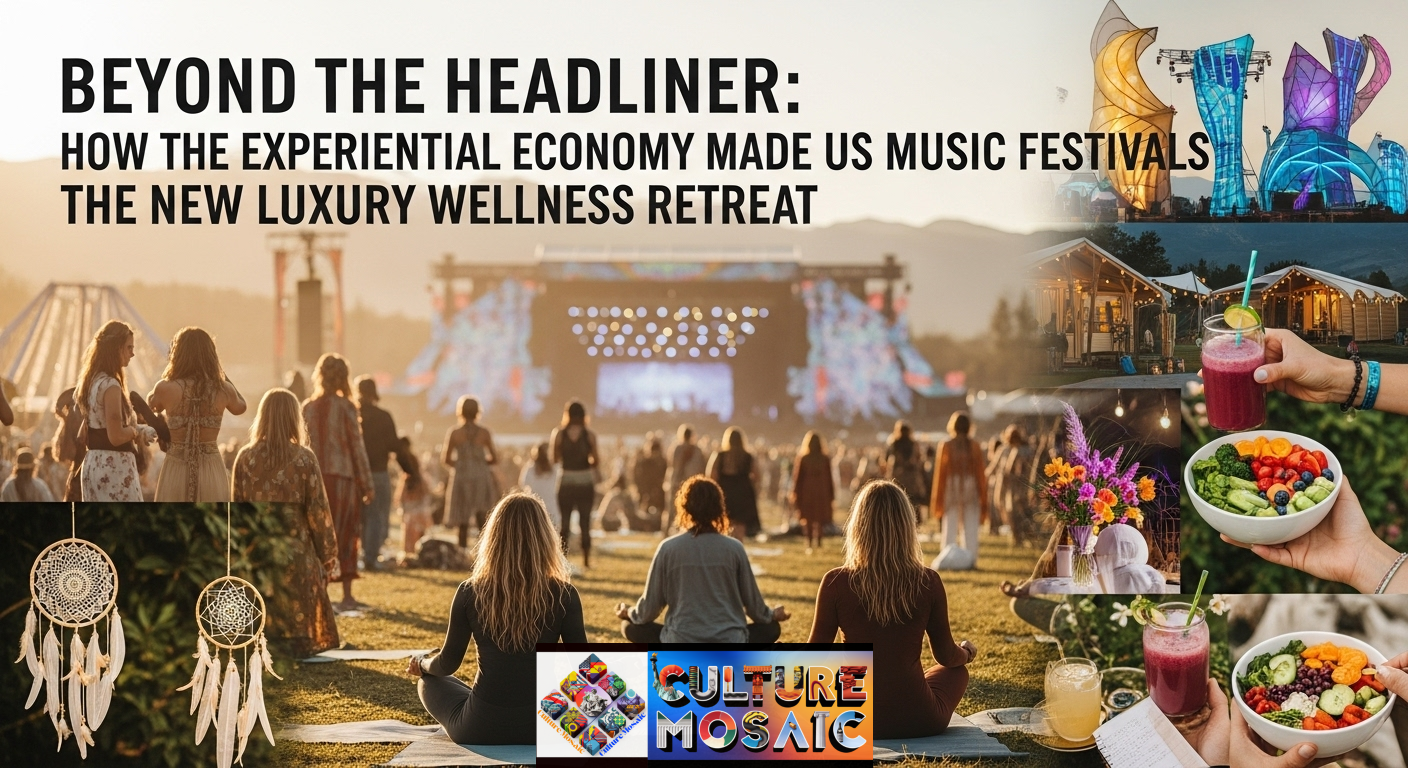Music festivals aren’t what they used to be. Sure, the headliners still matter, but if you think people are dropping hundreds or thousands of dollars just to hear their favorite bands, you’re missing the bigger picture. Today’s festival-goers are investing in something far more valuable: an escape, a community, and a carefully curated aesthetic experience that feels more like a wellness retreat than a concert.
Welcome to the festival experiential economy, where the music is just the soundtrack to a much larger production.
What is the Festival Experiential Economy?
The festival experiential economy represents a fundamental shift in how Americans consume entertainment. Instead of paying for a product or even just a performance, attendees are investing in immersive, multi-sensory experiences that blend music, art, wellness, fashion, and community into one cohesive package.
This economy thrives on a simple truth: Millennials and Gen Z prioritize experiences over possessions. They’d rather spend money on memories they can share (and post about) than on things that sit in their closets. Festivals have evolved to meet this demand, transforming from simple music events into elaborate temporary utopias where every element is designed for maximum engagement and Instagram-worthiness.
The numbers back this up. The US festival market has exploded over the past decade, with events like Coachella, Electric Daisy Carnival, and Bonnaroo selling out within hours. But here’s the thing: these attendees aren’t just buying tickets. They’re buying access to a lifestyle, a community, and an identity, even if it only lasts for a weekend.
The Death of the “Just Music” Festival
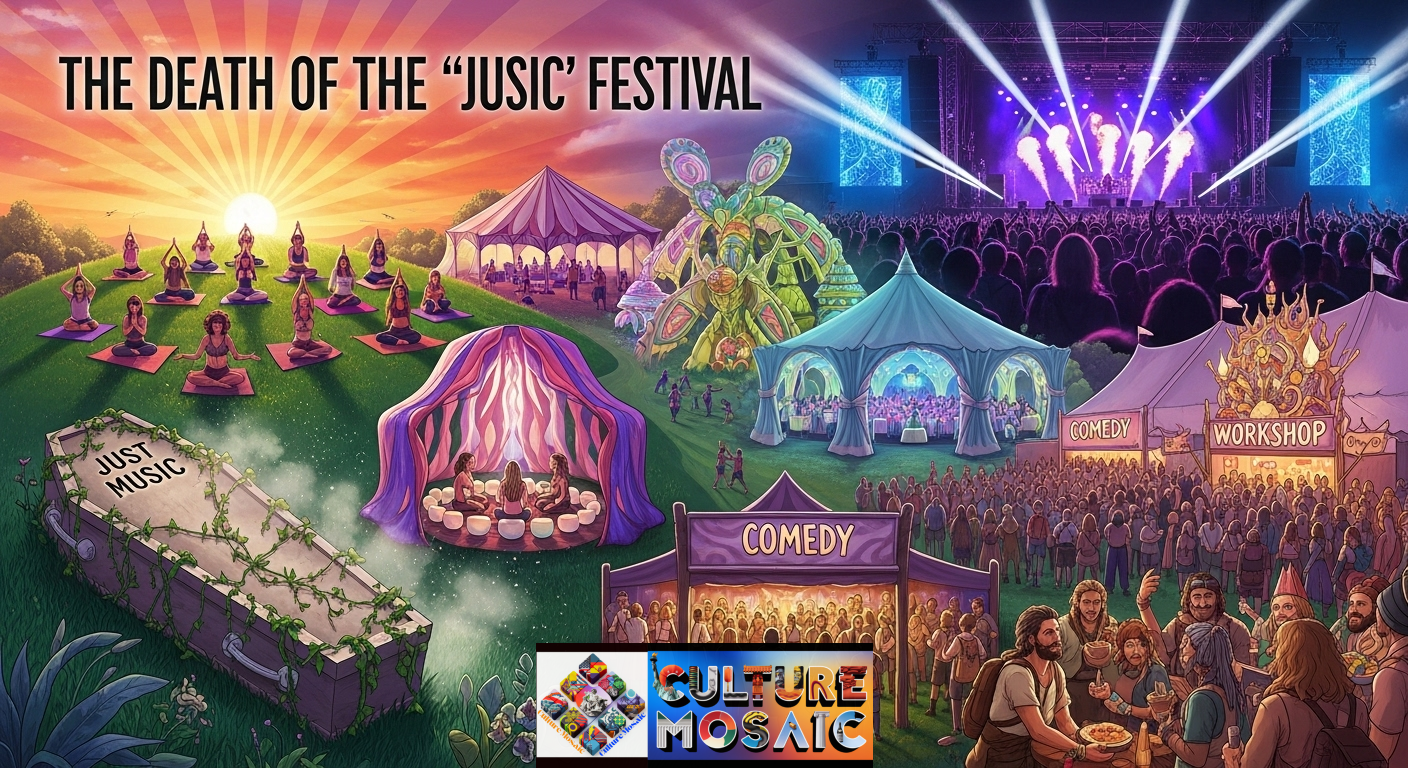
Let’s be honest: if you wanted to just hear music, you’d stay home and stream it. The modern festival experience acknowledges this reality and builds something bigger around it.
Walk through any major US festival today and you’ll find yoga sessions at sunrise, sound baths between sets, interactive art installations that take hours to explore, comedy tents, food experiences curated by celebrity chefs, and workshops on everything from sustainability to sound engineering. The music is the anchor, but the experience is the product.
This shift is particularly evident in the rise of electronic music festivals in the US. EDM events don’t just have stages; they have immersive environments with synchronized light shows, pyrotechnics, and visual effects that create a complete sensory overload. The performance isn’t happening on stage—it’s happening all around you, and you’re part of it.
The festival experiential economy recognizes that people want to feel transported. They want to step out of their everyday lives and into something that feels magical, communal, and completely different from their 9-to-5 reality.
The Economics of Escape: Glamping and the VIP Tier
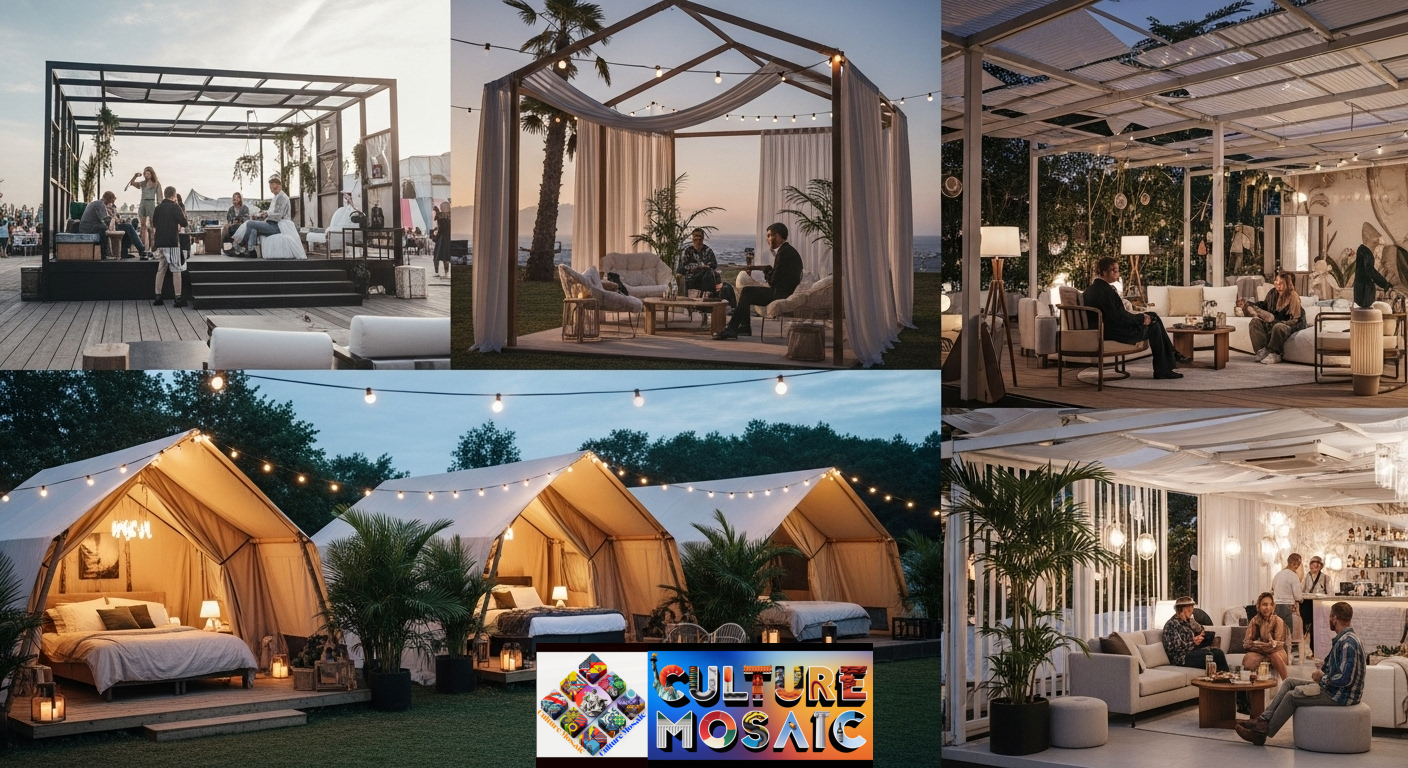
Here’s where the festival experiential economy gets really interesting: people are willing to pay a premium for comfort within their escape.
Gone are the days when roughing it in a dusty tent was part of the authentic festival experience. Today’s attendees want luxury alongside their liberation. Enter glamping: pre-set up tents with real beds, air conditioning, private bathrooms, and sometimes even concierge services. Some festivals offer full-on bungalows with electricity, wifi, and daily housekeeping.
This isn’t just about comfort. It’s about sustainability—making a multi-day escape actually feasible for people who have jobs to return to on Monday. The festival experiential economy understands that if you want someone to fully commit to the experience, you can’t exhaust them with the logistics.
The VIP tier has evolved beyond just better viewing areas. Premium packages now include exclusive lounges with gourmet food, private bars, air-conditioned bathrooms (a genuine luxury in the desert), spa services, and access to celebrity meet-and-greets. Some festivals offer helicopter arrivals, private golf cart transportation, and dedicated concierge services.
But here’s the brilliant part: major brands have figured out how to participate in this economy without feeling intrusive. Brand activations at festivals are no longer just booths handing out flyers. They’re creating full experiences—immersive installations, free products in beautifully designed spaces, interactive art pieces, and photo opportunities that attendees actually seek out.
A beauty brand might create a festival spa with free touch-ups and shade. A beverage company might build a multi-story lounge with DJs and charging stations. A fashion label might host a styling session with influencers. These aren’t advertisements; they’re value additions to the overall experience. And because they’re designed to be photogenic and shareable, attendees become willing participants in spreading the brand’s message.
The Fashion is the Fandom: Aesthetic as Ritual
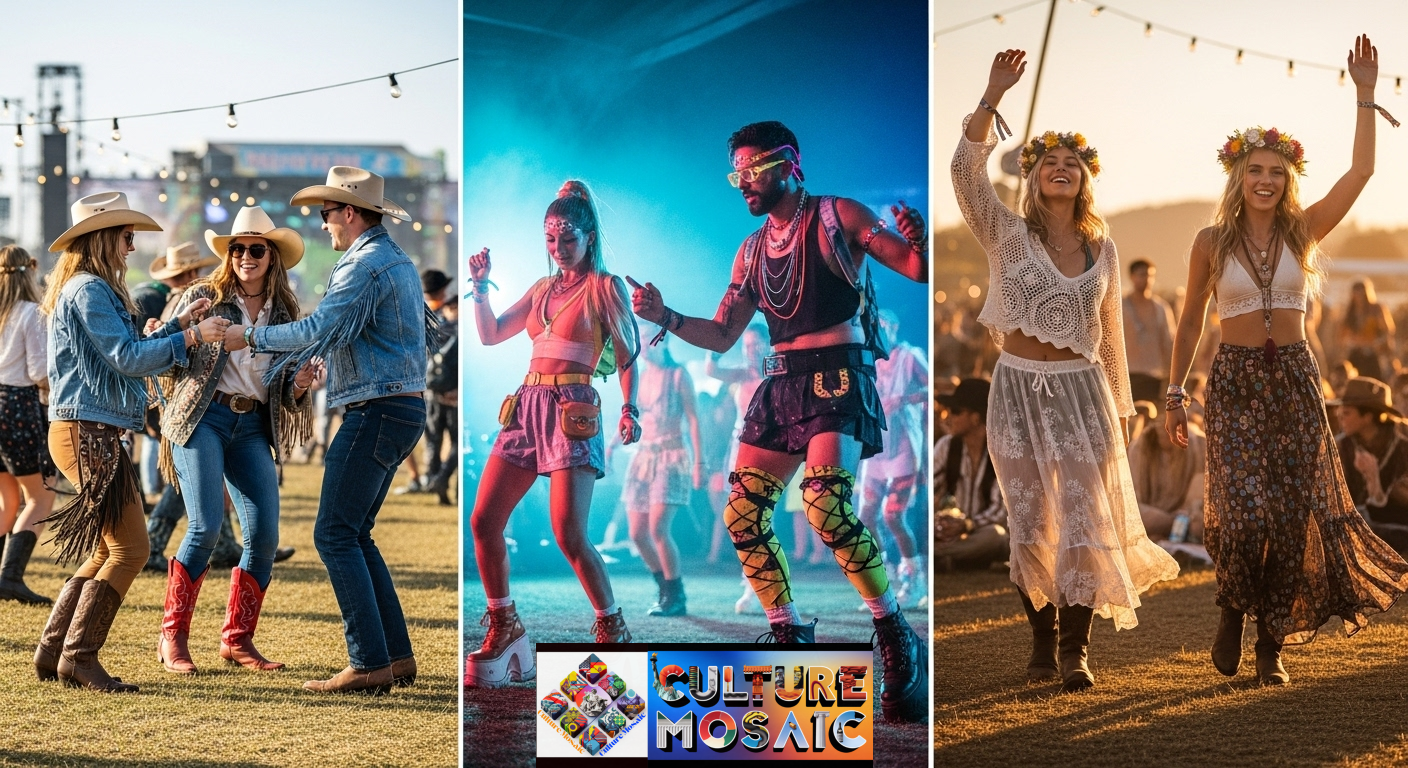
If you’ve scrolled through Instagram during festival season, you know that the outfits are half the event. But this isn’t vanity—it’s a fundamental part of the festival experiential economy.
Festival fashion has become its own cultural phenomenon, with distinct aesthetics that signal belonging to specific communities. Western wear with cowboy boots and fringe dominates country music festivals. Rave wear with neon colors, reflective fabrics, and elaborate accessories rules EDM events. Bohemian looks with crochet, sheer fabrics, and flower crowns appear at indie and folk festivals.
These aren’t just clothes. They’re uniforms for temporary tribes, carefully curated costumes that allow attendees to step into a different version of themselves. It’s role-play, it’s self-expression, and it’s community signaling all at once.
The festival experiential economy recognizes that the aesthetic is essential to the experience. People spend months planning their outfits because the clothes are part of the memory. They’re part of the content that will live on social media long after the music fades. The outfit is proof that you were there, that you committed fully, that you understood the assignment.
This creates a fascinating economic cycle. Festival fashion has spawned entire retailers and rental services dedicated to these temporary wardrobes. People invest in pieces they might wear once or twice because the experience demands it. The aesthetic isn’t separate from the festival economy—it’s central to it.
Community and the Quest for Communitas
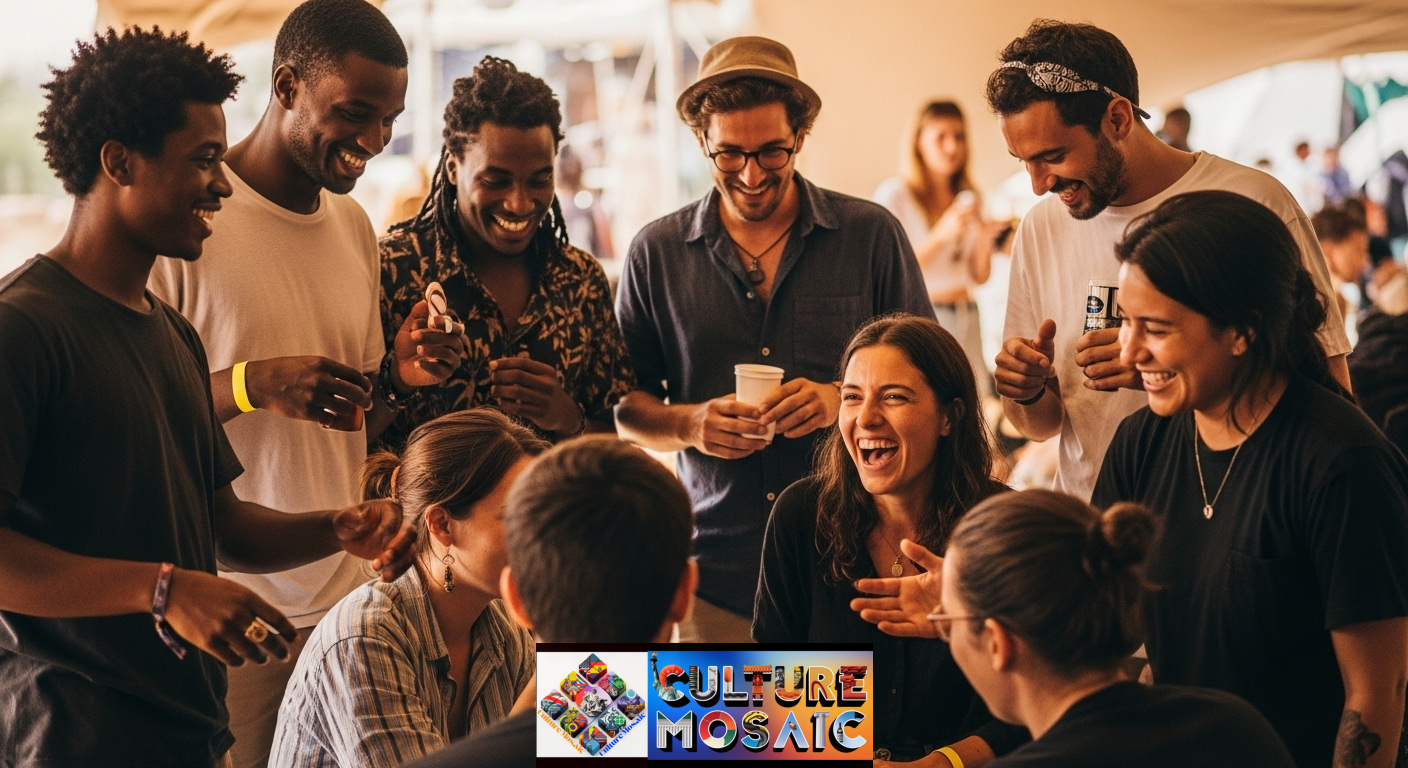
Strip away the glamping, the brand activations, and the Instagram outfits, and you’ll find the real engine driving the festival experiential economy: the desperate human need for connection.
We live in a hyper-digital age where most of our interactions happen through screens. We’re more “connected” than ever, but often feel more isolated. The festival experiential economy offers something increasingly rare: real, embodied, collective experiences with strangers who feel like instant friends.
Anthropologists use the term “communitas” to describe the feeling of spontaneous community that forms when people share intense experiences. It’s that sense of collective freedom, of being part of something bigger than yourself, of experiencing genuine connection without the usual social hierarchies and structures.
Festivals create temporary spaces where communitas can flourish. Everyone is there for the same reason. The usual markers of status fade away (or get replaced by festival-specific ones). People are more open, more present, more willing to connect with strangers. The experience itself creates the community.
This is what people are really paying for in the festival experiential economy. Yes, they want to see their favorite artists. Yes, they want the Instagram photos and the glamping comfort. But fundamentally, they’re investing in the possibility of transcendence—of stepping outside their normal lives and feeling part of something magical and collective.
The festival experiential economy succeeds because it understands this deep human need and creates the conditions for it to flourish, even if just for a weekend.
The Future of the Festival Experiential Economy
The festival experiential economy isn’t slowing down. If anything, it’s accelerating and diversifying.
We’re seeing more niche festivals that cater to specific communities and interests—wellness-focused festivals, sustainability-centered gatherings, genre-specific events that go deep rather than broad. The experiential model is expanding beyond music into food festivals, art festivals, and immersive theater events that borrow the festival playbook.
Technology is playing a bigger role, with festivals experimenting with augmented reality experiences, NFT integrations, and hybrid virtual/physical events that extend the community beyond the physical grounds.
But the core insight remains: people will pay premium prices for well-crafted experiences that offer escape, community, and memories worth sharing. The festival experiential economy has cracked the code on what consumers actually value in an age of digital distraction and material abundance.
It’s not about the music. It’s never been just about the music. It’s about creating temporary worlds where people can feel more alive, more connected, and more themselves than they do in their everyday lives.
And that’s an economy with real staying power.
Frequently Asked Questions
What is the festival experiential economy?
The festival experiential economy refers to the shift in music festivals from simple concert events to immersive, multi-faceted experiences that combine music, wellness, art, fashion, and community. Attendees pay premium prices not just for performances but for curated experiences that offer escape, connection, and shareable memories. This economy prioritizes the overall sensory and social experience over any single element.
Why are people willing to pay so much for festival experiences?
Modern consumers, especially Millennials and Gen Z, prioritize experiences over material possessions. Festivals offer something increasingly rare: real-world community, escape from digital life, and intense shared experiences that create lasting memories. The festival experiential economy succeeds because it provides value beyond entertainment—offering identity, belonging, and transcendence that feel worth the investment.
How have brands changed their approach to festival marketing?
Brands no longer just advertise at festivals; they create experiences within the festival experiential economy. Instead of simple booths or banners, major companies build interactive installations, aesthetic spaces, and valuable services (like air-conditioned lounges or spa experiences) that attendees actively seek out. These brand activations become part of the festival experience itself, creating positive associations without feeling intrusive.
What role does social media play in the festival experiential economy?
Social media is both a driver and amplifier of the festival experiential economy. Attendees curate their festival experience partly for shareable content, which creates demand for photogenic installations, aesthetic spaces, and distinctive fashion. This content then markets the festival to future attendees, creating a cycle where the experience and its documentation become inseparable. The festival experiential economy recognizes that memories are now measured partly in social media engagement.
Will the festival experiential economy continue to grow?
All indicators suggest continued growth and diversification. The fundamental insight—that people will pay premium prices for immersive, communal experiences—remains strong. We’re seeing the experiential model expand into more niche festivals and non-music events. As digital life becomes more dominant, the demand for real-world, embodied experiences that the festival experiential economy provides will likely increase rather than diminish.

